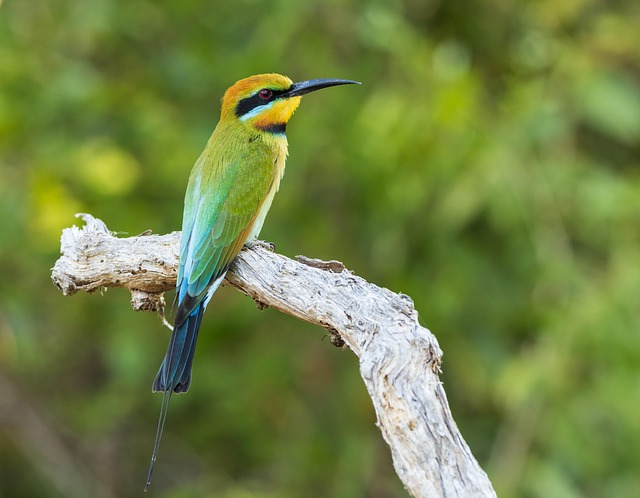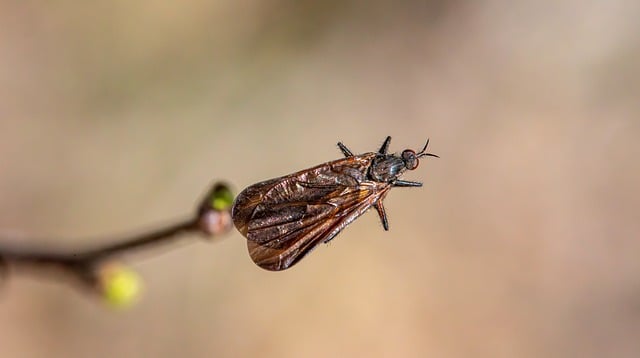Wildlife control is crucial for maintaining ecosystem balance and protecting property in urban Centennial. Homeowners can prevent bird damage and disease by using deterrents from reflective objects and scarecrows to ultrasonic sound emitters. Learning to identify animal tracks helps residents understand their yard's ecosystem and implement targeted wildlife control methods, focusing on "Identifying animal tracks in my Centennial yard" for optimal results.
- Understanding Wildlife Control: The Need for Bird Deterrents
- Identifying Animal Tracks: A Centennial Yard Guide
- Implementing Effective Bird Deterrent Systems: Tips and Strategies
Understanding Wildlife Control: The Need for Bird Deterrents

Wildlife control is a critical aspect of maintaining a balanced ecosystem while ensuring human safety and property protection. In urban areas like Centennial, identifying animal tracks in your yard is often the first sign of potential wildlife activity. Birds, being the most common urban visitors, can cause significant damage to gardens, roofs, and even pose health risks by spreading diseases. Understanding bird behavior and their attraction to certain environments is key to implementing effective deterrent systems.
The need for bird deterrents arises from the desire to coexist with wildlife while minimizing conflicts. Professional bird control services offer a range of solutions, from visual deterrents like reflective objects and scarecrows to more advanced technologies such as ultrasonic sound emitters and automated sprinklers. By employing these methods, homeowners can humanely discourage birds from entering their properties, maintaining a peaceful coexistence in the Centennial landscape.
Identifying Animal Tracks: A Centennial Yard Guide

Identifying animal tracks in your Centennial yard can be a fascinating and valuable skill for any homeowner. With a little practice, you’ll learn to recognize the unique patterns left behind by various species, helping you understand the wildlife visiting your property. This knowledge is not only intriguing but also essential when considering appropriate wildlife control methods to keep unwanted visitors at bay.
Start by familiarizing yourself with common local tracks. Look for distinct shapes and sizes, as well as the number of toes and claws. For example, rabbit tracks often show four rounded toes, while those of squirrels may have five distinctive digits. Understanding these basics will enable you to identify more complex patterns left by larger animals like foxes or deer, which could provide crucial insights into the wildlife management strategies needed for your Centennial yard.
Implementing Effective Bird Deterrent Systems: Tips and Strategies

Implementing effective bird deterrent systems requires a multi-faceted approach, especially when dealing with persistent feathered visitors in your Centennial yard. The first step is to identifying animal tracks left by birds and other potential intruders. This involves meticulous observation and, if necessary, setting up traps or using motion sensors that trigger alerts when wildlife enters the area. By understanding the patterns and behaviors of these creatures, you can strategically place deterrents like visual scarers (e.g., reflective objects, predator models) or audio devices (like ultrafone bird repellers) in areas where birds frequently gather or attempt to feed.
Once identified, specific bird species can be targeted with tailored strategies. For instance, using natural predators’ smells or noises may deter smaller songbirds, while larger birds like pigeons might respond better to visual barriers or physical changes to the environment, such as removing perching spots or installing mesh netting over vulnerable areas. Regularly reviewing and adjusting these measures is key, as bird populations adapt quickly, making it crucial to stay proactive in maintaining a harmonious balance between your yard’s ecosystem and your desire for bird-free spaces.
When it comes to protecting your Centennial yard from unwanted bird visitors, understanding wildlife control and implementing effective bird deterrent systems is key. By identifying animal tracks and utilizing proven strategies, you can create a harmonious environment that keeps birds at bay without causing them harm. Remember, maintaining a balance between human activities and wildlife preservation is essential for a peaceful coexistence in your outdoor space. So, whether you’re dealing with persistent pigeons or mischievous squirrels, armed with knowledge and the right tools, you can successfully navigate this process, ensuring your Centennial yard remains a haven for both nature and your needs.
